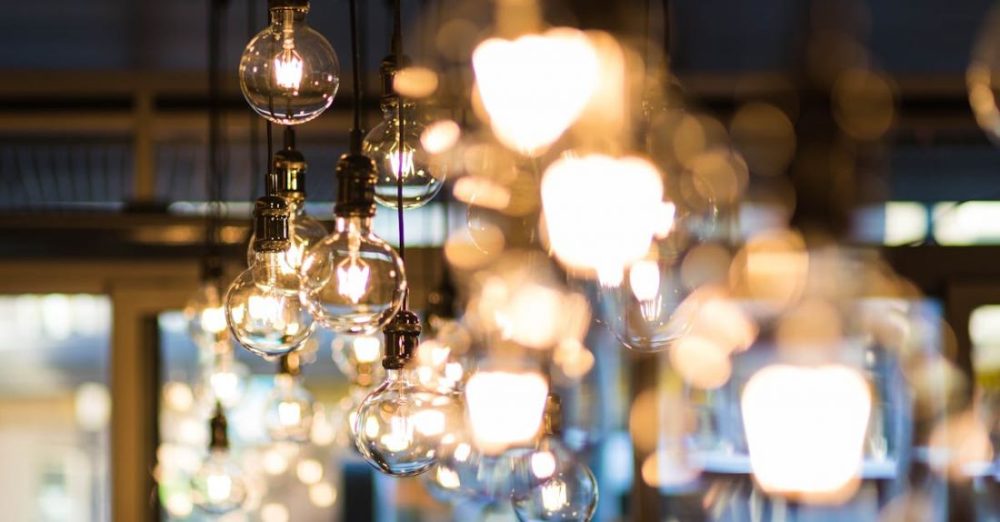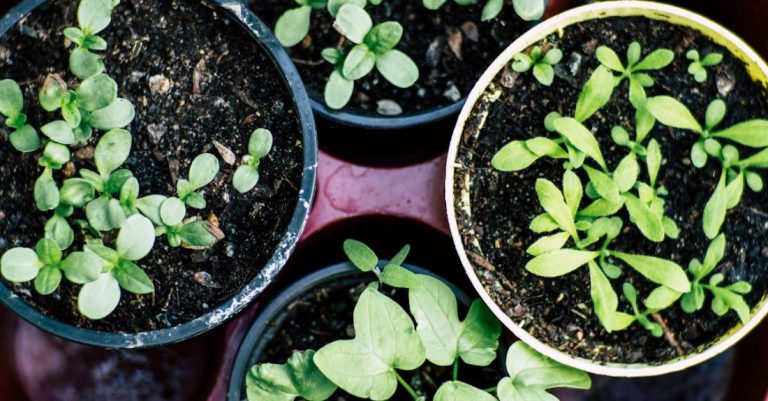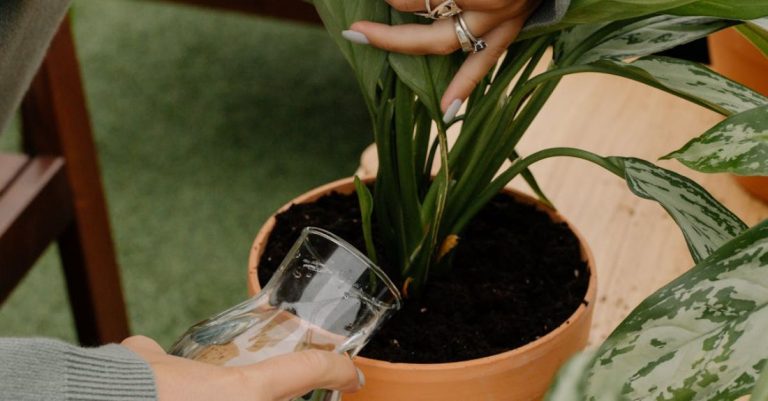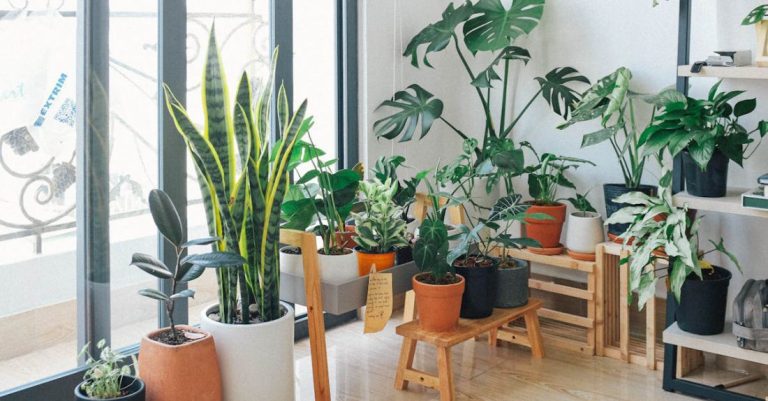
Creating an indoor garden is a wonderful way to bring nature into your living space and enjoy the benefits of gardening all year round. However, one crucial aspect to consider when setting up an indoor garden is lighting. Proper lighting is essential for the growth and health of your plants. In this article, we will explore the best lighting solutions for indoor gardens to help you make an informed decision and ensure the success of your indoor gardening endeavors.
Natural Light: The Foundation of Indoor Gardening
Natural light is the most ideal source of light for plants as it provides a full spectrum of light that is essential for their growth. If you have a sunny window or a skylight in your home, consider placing your indoor garden near these natural light sources. South-facing windows tend to receive the most sunlight throughout the day, making them ideal locations for light-loving plants such as herbs, succulents, and flowering plants.
Supplemental Lighting: Enhancing Plant Growth
In situations where natural light is limited or inconsistent, supplemental lighting becomes necessary to ensure that your plants receive adequate light for photosynthesis. LED grow lights are a popular choice among indoor gardeners due to their energy efficiency and ability to provide the specific light spectrum that plants need for optimal growth. LED grow lights come in various shapes and sizes, including panels, bulbs, and strips, making them versatile and easy to integrate into different indoor garden setups.
Types of LED Grow Lights: Choosing the Right Option
When selecting LED grow lights for your indoor garden, consider the specific needs of your plants. Full-spectrum LED grow lights are designed to mimic natural sunlight, providing a balanced spectrum of light that supports all stages of plant growth. If you are growing flowering plants or fruiting crops, look for LED grow lights with a higher ratio of red and blue light, as these wavelengths are essential for promoting flowering and fruiting.
Placement and Duration: Optimizing Light Exposure
Proper placement of grow lights is crucial to ensure that all your plants receive adequate light for healthy growth. Position the grow lights above your plants at the recommended distance specified by the manufacturer to prevent light burn or insufficient light exposure. Additionally, consider the duration of light exposure for your plants. Most indoor plants require around 12-16 hours of light per day, so set a timer to ensure consistent light cycles for optimal growth.
Adjusting Light Intensity: Meeting Plant Requirements
Different plants have varying light intensity requirements, so it is essential to adjust the brightness of your grow lights accordingly. Some LED grow lights come with dimming capabilities, allowing you to customize the light intensity based on the needs of your plants. Monitor your plants closely for signs of light stress or light deficiency, such as yellowing leaves or stunted growth, and adjust the light intensity as needed to support healthy plant growth.
Creating a Successful Indoor Garden: A Harmonious Balance of Light
In conclusion, the best lighting solutions for indoor gardens involve a combination of natural light and supplemental lighting to create an optimal growing environment for your plants. By understanding the specific light requirements of your plants, choosing the right LED grow lights, and providing proper light placement and duration, you can ensure the success of your indoor garden and enjoy a thriving green oasis in your home. Experiment with different lighting setups and techniques to find the perfect balance that meets the needs of your plants and brings joy to your indoor gardening experience.





